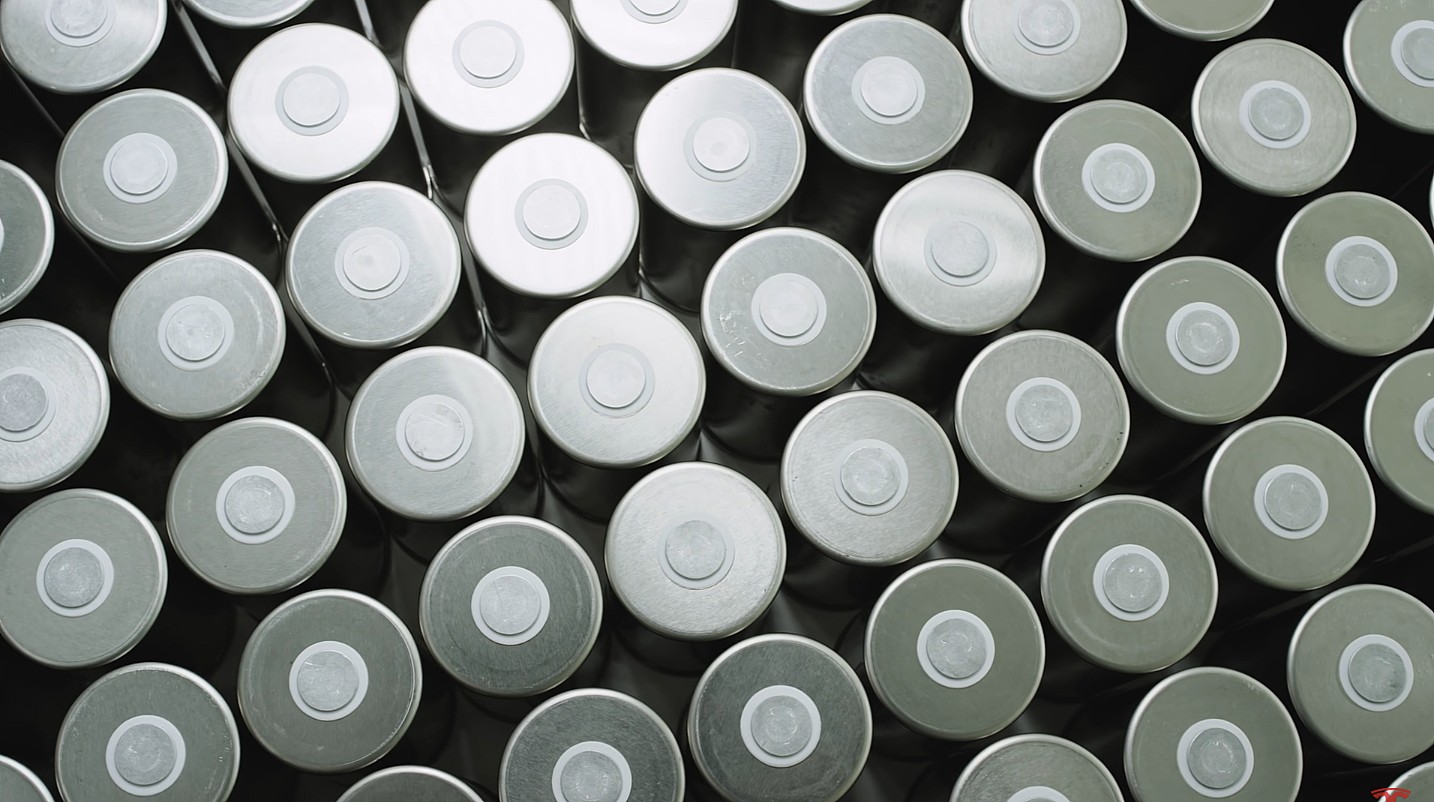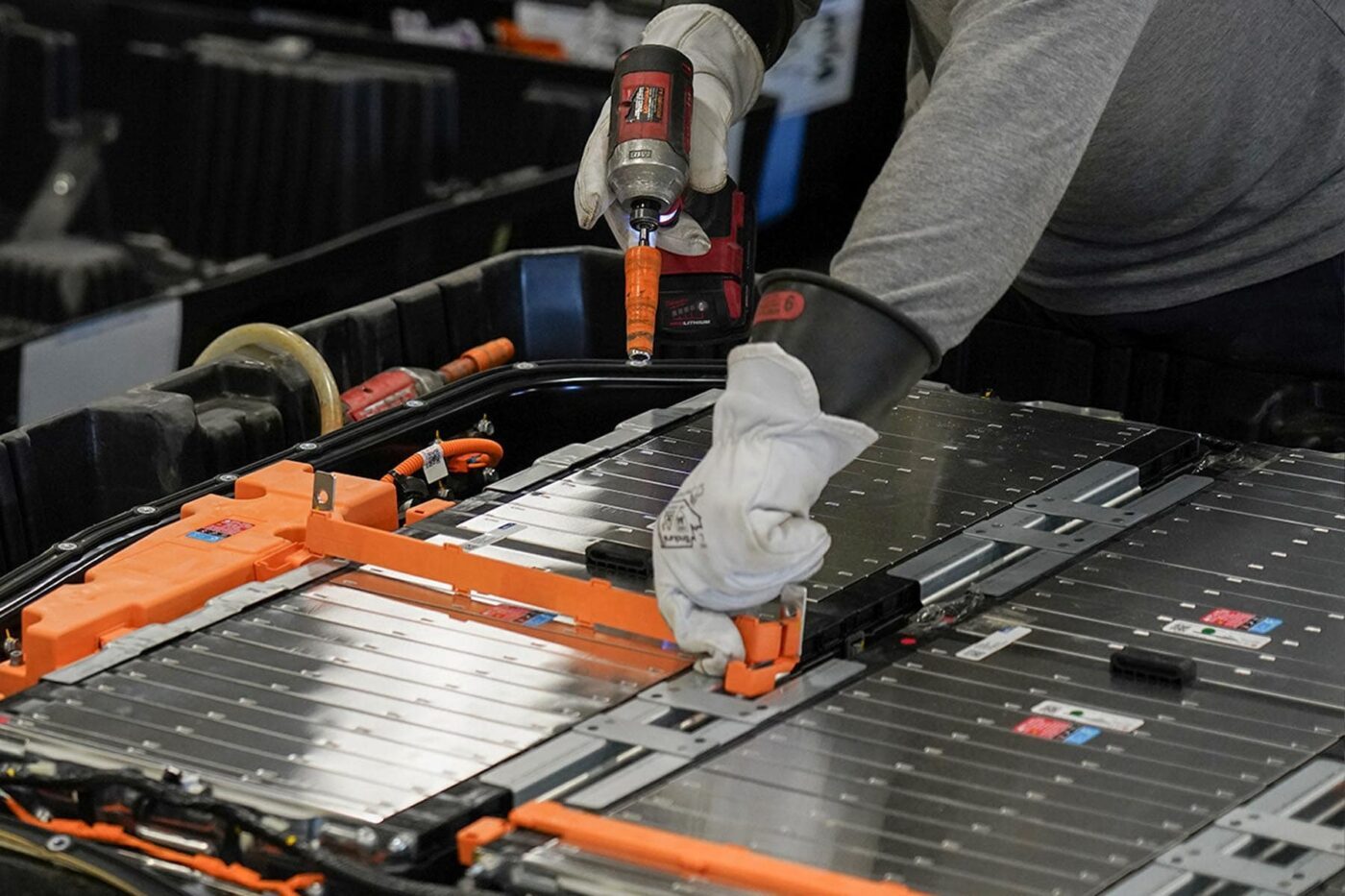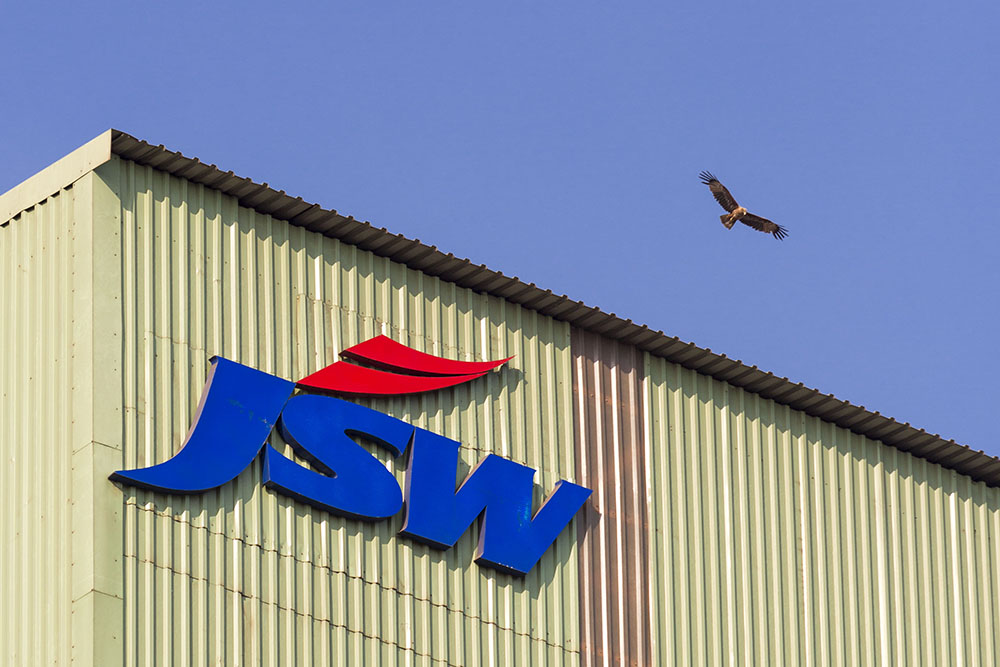South Korea’s secondary battery industry, on the cusp of reaching an annual export milestone of US$10 billion, has experienced a slowdown in its growth trajectory. This deceleration is attributed to a decline in battery demand following a slump in electric vehicle (EV) demand, coupled with the relocation of production bases by domestic battery manufacturers to Europe and the United States, resulting in a dip in exports.
According to the Ministry of Trade, Industry and Energy on Feb. 4, South Korea’s secondary battery exports totaled US$9.83 billion last year, marking a 1.6% decrease from the previous year. This marks the first decline in annual secondary battery exports since 2015.
South Korea’s secondary battery exports had surged past US$5 billion in 2017 and had been on a rapid ascent, nearly reaching the US$10 billion mark with a figure of US$9.98 billion in 2022. However, last year’s export downturn prevented the industry from crossing the US$10 billion threshold, signaling a pause in the upward trajectory.
The slowdown in secondary battery exports has continued into this year, with January exports recording US$590 million, a 26.2% decrease compared to the same month last year.
Despite a general rebound in exports, with 13 out of the 15 major export categories classified by the government, including semiconductors, showing growth, secondary batteries and wireless communication devices (down 14.2%) were the only sectors to witness a decline.
The share of secondary battery exports in South Korea’s total exports has also dwindled, falling from 1.6% last year to 1.1% in January.
As export growth has tapered off, imports of secondary batteries, primarily from China, have surged, leading to a contraction in the trade surplus for secondary batteries. South Korea’s status as a net exporter of batteries is gradually diminishing.
The trade surplus for secondary batteries, which peaked at US$5.83 billion in 2019, shrank to US$900 million last year.
The short-term downturn in secondary battery exports has been influenced by a slowdown in EV demand since the latter half of last year.
See also: South Korean Battery Makers Delay Joint Ventures with Ford Amid Slower EV Market Growth
In response to shifts in the trade landscape, such as the U.S. Inflation Reduction Act (IRA), major battery companies like LG Energy Solution, SK Innovation, and Samsung SDI have expedited the operation of overseas production bases in North America and Europe. This structural shift has contributed to the deceleration in growth of “domestic secondary battery” exports.
The Korea Trade-Investment Promotion Agency (KOTRA) recently highlighted in its “Global Secondary Battery Market Trends” report that the secondary battery market is expected to sustain growth as the EV market expands in line with major countries’ carbon-neutral policies. The report underscores the necessity for product competitiveness through the development of high-functionality technologies as the market matures.







